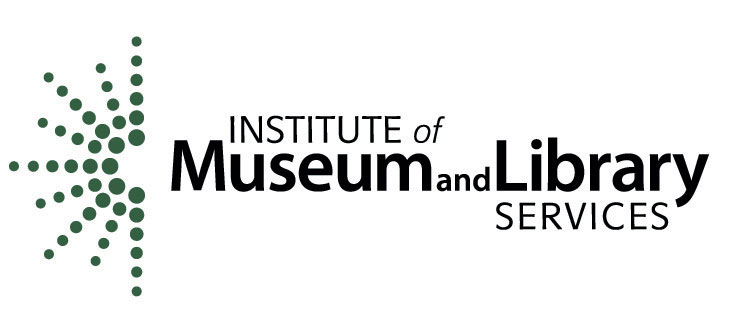Dataset: All Collections Taxa: Achillea millefolium (Achillea lanulosa subsp. alpicola, Achillea lanulosa subsp. typica, Achillea millefolium subsp. lanulosa, Achillea millefolium subsp. occidentalis, Achillea millefolium subsp. pallidotegula, Achillea lanulosa var. alpicola, Achillea lanulosa var. arachnoidea, Achillea lanulosa ... (show all)var. eradiata, Achillea millefolium var. alpicola, Achillea millefolium var. aspleniifolia, Achillea millefolium var. fusca, Achillea millefolium var. gracilis, Achillea millefolium var. lanulosa, Achillea millefolium var. occidentalis, Achillea millefolium var. rosea, Achillea millefolium var. russeolata, Achillea alpicola, Achillea angustissima, Achillea aspleniifolia, Achillea eradiata, Achillea fusca, Achillea gracilis, Achillea laxiflora, Achillea lanulosa, Achillea occidentalis, Achillea rosea, Achillea subalpina, Achillea tomentosa, Achillea millefolium var. borealis, Achillea borealis, Achillea millefolium subsp. atrotegula, Achillea millefolium subsp. borealis, Achillea millefolium var. fulva, Achillea millefolium var. parviligula, Achillea millefolium var. parvula, Achillea borealis subsp. typica, Achillea arenicola, Achillea borealis subsp. arenicola, Achillea borealis subsp. californica, Achillea borealis var. arenicola, Achillea borealis var. californica, Achillea californica, Achillea gigantea, Achillea millefolium var. arenicola, Achillea millefolium var. californica, Achillea millefolium var. gigantea, Achillea millefolium var. litoralis, Achillea millefolium var. maritima, Achillea millefolium var. megacephala, Achillea millefolium var. nigrescens, Achillea millefolium var. pacifica, Achillea millefolium var. puberula, Achillea nigrescens, Achillea pacifica, Achillea puberula, Achillea megacephala, Achillea palmeri, Achillea lanulosa subsp. megacephala, Achillea lanulosa f. lanulosa, Achillea lanulosa var. lanulosa, Achillea lanulosa subsp. lanulosa, Achillea borealis var. borealis, Achillea lanulosa ssp. lanulosa), Achillea millefolium var. millefolium, Achillea millefolium subsp. millefolium (Achillea millefolium var. alpestris, Achillea millefolium var. rubra, Achillea millefolium var. lanata, Achillea millefolium var. tenuis, Achillea nabelekii), Achillea millefolium f. rosea, Achillea millefolium f. millefolium, Achillea millefolium millefolium (Achillea lanata) Search Criteria: Bryce Canyon; includes cultivated/captive occurrences
Google Map
Google Maps is a web mapping service provided by Google that features a map that users can pan (by dragging the mouse) and zoom (by using the mouse wheel). Collection points are displayed as colored markers that when clicked on, displays the full information for that collection. When multiple species are queried (separated by semi-colons), different colored markers denote each individual species.
Google Earth (KML)
|


